Do You Need Protein After A Workout?
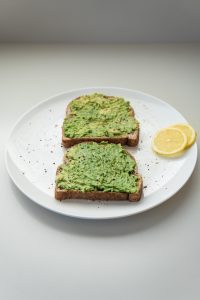 Do you suffer through a long recovery after a particularly intense workout? Eating a combination of carbs and protein after a workout could relieve that. Consuming protein after a workout can help reduce muscle pain and is necessary to repair the microtears in muscle tissue, while being also important for muscle growth. Protein is ultimately important for faster muscle recovery.
Do you suffer through a long recovery after a particularly intense workout? Eating a combination of carbs and protein after a workout could relieve that. Consuming protein after a workout can help reduce muscle pain and is necessary to repair the microtears in muscle tissue, while being also important for muscle growth. Protein is ultimately important for faster muscle recovery.
What happens when you workout with intensity?
If you’re trying to build strength, in particular, your body burns the glycogen in that it stores in the muscles. Once that’s gone, it has to break down some of the protein in your muscles for energy. After your workout, you have tiny tears in your muscles and your body still needing to restore the glycogen levels. Consuming protein after working out can help provide the necessary materials to replenish the protein and heal those micro tears. The amount you need is based on how intense your workout was. The harder you worked, the more depletion and the more repair necessary.
Your recovery should contain both protein and carbs, but it doesn’t have to be exotic.
You should eat your combination of protein and carbs within the first 20 minutes after working out. Don’t forget to rehydrate immediately, too. It’s the prime time for the nutrients to be absorbed by the muscles. Yogurt and fruit or cottage cheese and fruit is a simple solution to getting adequate carbs and protein. A glass of chocolate milk will also provide the replenishment of glycogen and provide the protein for muscle repair. Nut butter on fruit is also a tasty and simple solution.
What are the symptoms of a depleted muscle glycogen reserve and the need for protein?
A hard workout, whether it’s strength training or endurance training, can stress your body. That stress shows up in the form of an increased appetite, the need to sleep more and muscle soreness. The small damage to the muscles and the depletion is necessary for muscles to grow and adapt to a new work load. Muscle damage and microtears sound bad, but when the body repairs the muscles, it makes them even stronger and denser. After a workout, the body starts the process immediately. It needs the raw materials to do that, which is why eating protein right after a workout is important.
- You need to consume carbs with your protein to stimulate the release of insulin. Insulin is responsible for getting both carbs and proteins in the form of amino acids, to the muscles faster to start the repair process.
- Eating protein after working out, reverses the trend to continue muscle breakdown after working out, so you won’t experience as much breakdown and start rebuilding immediately.
- A good combination of carbs to protein for your snack is three to one. There’s debate over whether fat will interfere with protein absorption. Newer studies show it doesn’t, but don’t eat too much. Full fat milk is as good an option as low fat. Nut butter is a good source of protein for post workout.
- If you’re going to eat a meal relatively soon after working out, you can skip the snack and eat a high protein/carb meal instead. Salmon and sweet potatoes or an egg omelet with whole grain toast and avocado spread are good options.
For more information, contact us today at Rising Fitness Gym

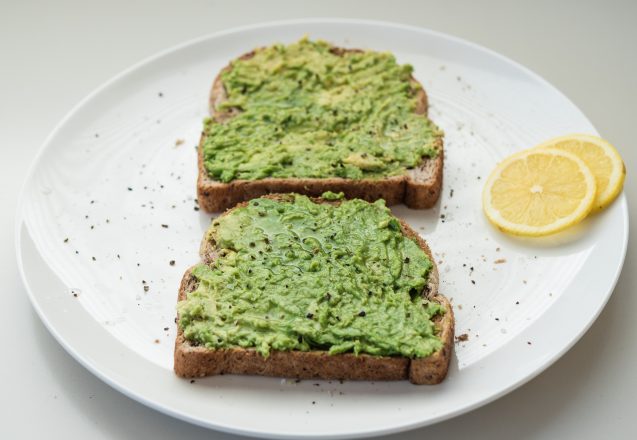
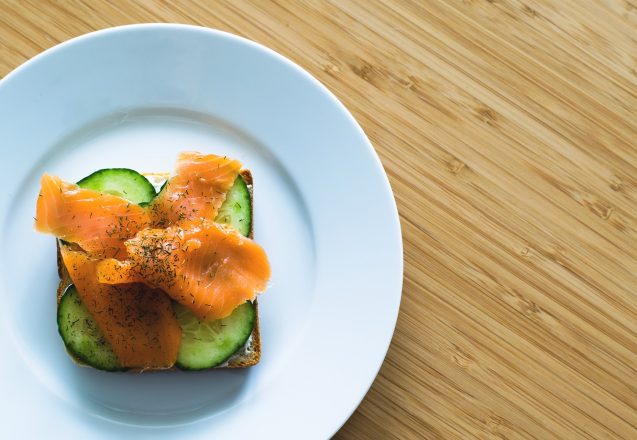
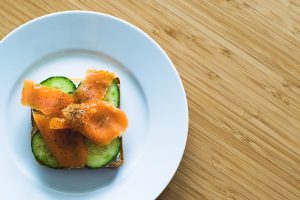 Portion size counts. While it’s not important if you’re eating lettuce or most other vegetables, when it comes to food higher in calories, portion size counts. People often wonder why they aren’t getting the success they expect, but upon questioning, I find they make a lot of portion size mistakes. Think about it, you could eat the whole stalk of celery, bag of carrots or head of lettuce and it won’t make much difference to your calorie count. However, there’s a huge difference between eating a few potato chips and a family size bag.
Portion size counts. While it’s not important if you’re eating lettuce or most other vegetables, when it comes to food higher in calories, portion size counts. People often wonder why they aren’t getting the success they expect, but upon questioning, I find they make a lot of portion size mistakes. Think about it, you could eat the whole stalk of celery, bag of carrots or head of lettuce and it won’t make much difference to your calorie count. However, there’s a huge difference between eating a few potato chips and a family size bag.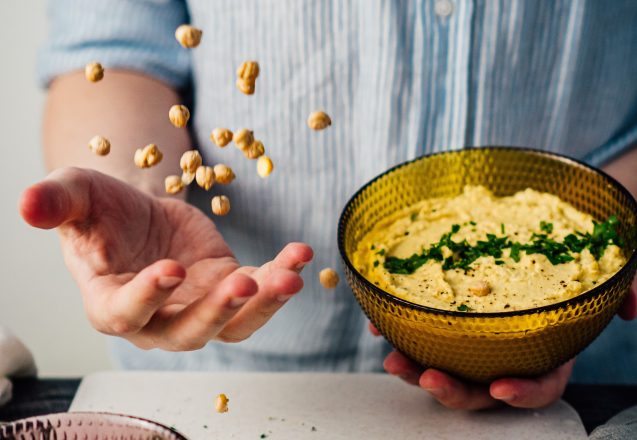
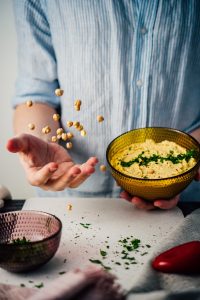 If you workout at Rising Fitness in Houston, Texas, you’ve probably already have heard of hummus and maybe even have a few great variations of it that you love. It’s not just good for you, it’s delicious. It’s made from chickpeas—also called garbanzo beans, olive oil, lemon juice and a paste made from sesame seeds called tahini. It is higher in fiber than other types of dips and high in protein. That means it keeps you feeling full longer and help you lose weight.
If you workout at Rising Fitness in Houston, Texas, you’ve probably already have heard of hummus and maybe even have a few great variations of it that you love. It’s not just good for you, it’s delicious. It’s made from chickpeas—also called garbanzo beans, olive oil, lemon juice and a paste made from sesame seeds called tahini. It is higher in fiber than other types of dips and high in protein. That means it keeps you feeling full longer and help you lose weight.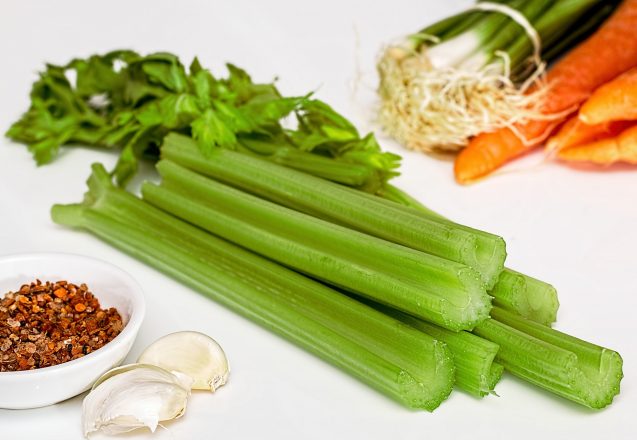
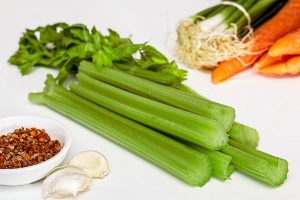 If you thought all foods containing carbs were bad, think again. You need carbohydrates in your diet and many of those are good carbs, ones that provide both energy and the nutrition your body requires. Low carb diets don’t cut out all carbs, just carbohydrates that are in highly processed foods, starchy foods, those high in sugar and additives. There are three categories of carbohydrates, fiber, sugar and starches. You need carbohydrates to fuel the body, by being broken down for energy.
If you thought all foods containing carbs were bad, think again. You need carbohydrates in your diet and many of those are good carbs, ones that provide both energy and the nutrition your body requires. Low carb diets don’t cut out all carbs, just carbohydrates that are in highly processed foods, starchy foods, those high in sugar and additives. There are three categories of carbohydrates, fiber, sugar and starches. You need carbohydrates to fuel the body, by being broken down for energy.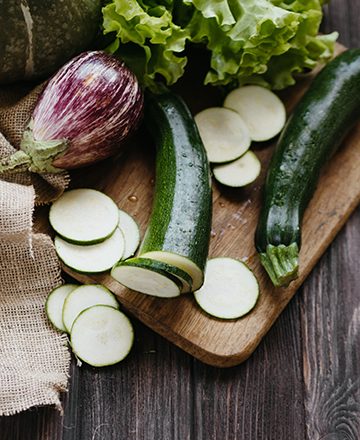
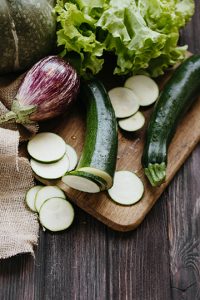 Clean eating means eating more whole foods and avoiding processed foods, particularly those high in sugar and refined flour. Some people have tried clean eating and focused on how difficult it was and maybe you were one of those people. It doesn’t have to be, although if you eat in restaurants frequently, it is a little harder. It can be an inexpensive, simple method of losing weight forever. At Rising Fitness, we’ve made it easier with a personalized dietary plan to help you learn how to cook healthier to develop healthy habits. If you’re eating in a restaurant, you’ll learn ways to choose healthier foods.
Clean eating means eating more whole foods and avoiding processed foods, particularly those high in sugar and refined flour. Some people have tried clean eating and focused on how difficult it was and maybe you were one of those people. It doesn’t have to be, although if you eat in restaurants frequently, it is a little harder. It can be an inexpensive, simple method of losing weight forever. At Rising Fitness, we’ve made it easier with a personalized dietary plan to help you learn how to cook healthier to develop healthy habits. If you’re eating in a restaurant, you’ll learn ways to choose healthier foods.
 It doesn’t matter what you do, everything has a sweet spot. You know when it’s just the right amount. Goldilocks knew it when she sat on the chair, tasted the porridge and slept in the bed. There’s also a sweet spot when it comes to how long and how often you workout. It’s one reason we recommend that you time your workouts. Timing can tell you a lot.
It doesn’t matter what you do, everything has a sweet spot. You know when it’s just the right amount. Goldilocks knew it when she sat on the chair, tasted the porridge and slept in the bed. There’s also a sweet spot when it comes to how long and how often you workout. It’s one reason we recommend that you time your workouts. Timing can tell you a lot.
 I firmly believe that Rising Fitness in Houston, Texas, provides the best program to get clients fit faster. However, once people start here, they often want to live a fitness lifestyle that goes beyond the walls of the gym. That includes having fun with the family hiking, biking and even running. We help clients get into shape to run and guide them on getting started. Each new physical undertaking requires knowledge to stay safe and injury free.
I firmly believe that Rising Fitness in Houston, Texas, provides the best program to get clients fit faster. However, once people start here, they often want to live a fitness lifestyle that goes beyond the walls of the gym. That includes having fun with the family hiking, biking and even running. We help clients get into shape to run and guide them on getting started. Each new physical undertaking requires knowledge to stay safe and injury free.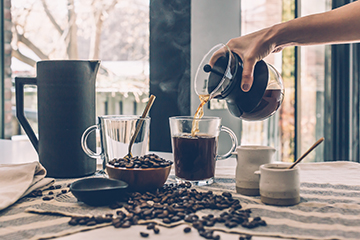
 Recent studies have shown that some people benefit from having some caffeine before a workout, but how much caffeine should they take and in what form? Caffeine occurs naturally in a lot of forms that are quite popular. That cup of coffee, tea or cola soft drink contain caffeine, so does that bar of chocolate. Caffeine acts as a stimulant in the body, which is one reason people use coffee to help stay awake. It does have some drawbacks, including the potential to increase both blood pressure and heart rate.
Recent studies have shown that some people benefit from having some caffeine before a workout, but how much caffeine should they take and in what form? Caffeine occurs naturally in a lot of forms that are quite popular. That cup of coffee, tea or cola soft drink contain caffeine, so does that bar of chocolate. Caffeine acts as a stimulant in the body, which is one reason people use coffee to help stay awake. It does have some drawbacks, including the potential to increase both blood pressure and heart rate.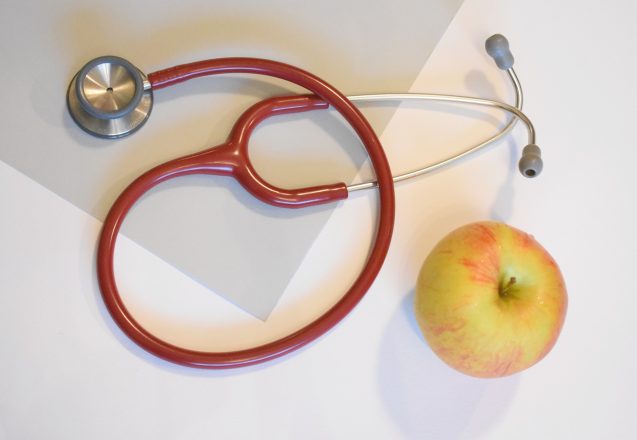
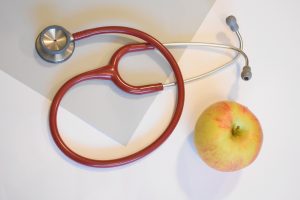 If you want a longer life, keep your body healthier. Your heart plays an important role in your overall health and ability to function. Making small changes for a healthier heart also improves other areas of your body and allows you to be more active, which improves your heart health even more. It’s all connected and continuous. It’s never too late to get started, but the older you are, the slower the changes will occur. It’s all about living healthy every day.
If you want a longer life, keep your body healthier. Your heart plays an important role in your overall health and ability to function. Making small changes for a healthier heart also improves other areas of your body and allows you to be more active, which improves your heart health even more. It’s all connected and continuous. It’s never too late to get started, but the older you are, the slower the changes will occur. It’s all about living healthy every day.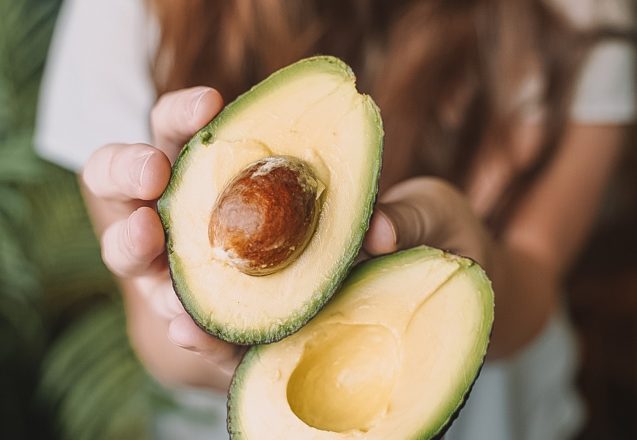
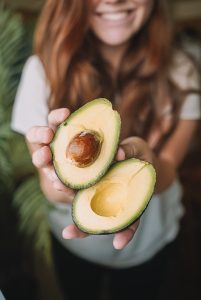 We provide nutritional guidance at Rising Fitness in Houston, TX. When people see fats in their nutritional plan, they are often surprised. In fact, many have been consuming low fat or no fat foods, which actually sabotages their weight loss. There are three main categories for fat, saturated, unsaturated and trans fats. Unsaturated fat is liquid at room temperature, while saturated fat is solid. Saturated and unsaturated fat are easily found in nature, but most trans fats are man-made with just a small amount naturally occurring.
We provide nutritional guidance at Rising Fitness in Houston, TX. When people see fats in their nutritional plan, they are often surprised. In fact, many have been consuming low fat or no fat foods, which actually sabotages their weight loss. There are three main categories for fat, saturated, unsaturated and trans fats. Unsaturated fat is liquid at room temperature, while saturated fat is solid. Saturated and unsaturated fat are easily found in nature, but most trans fats are man-made with just a small amount naturally occurring.